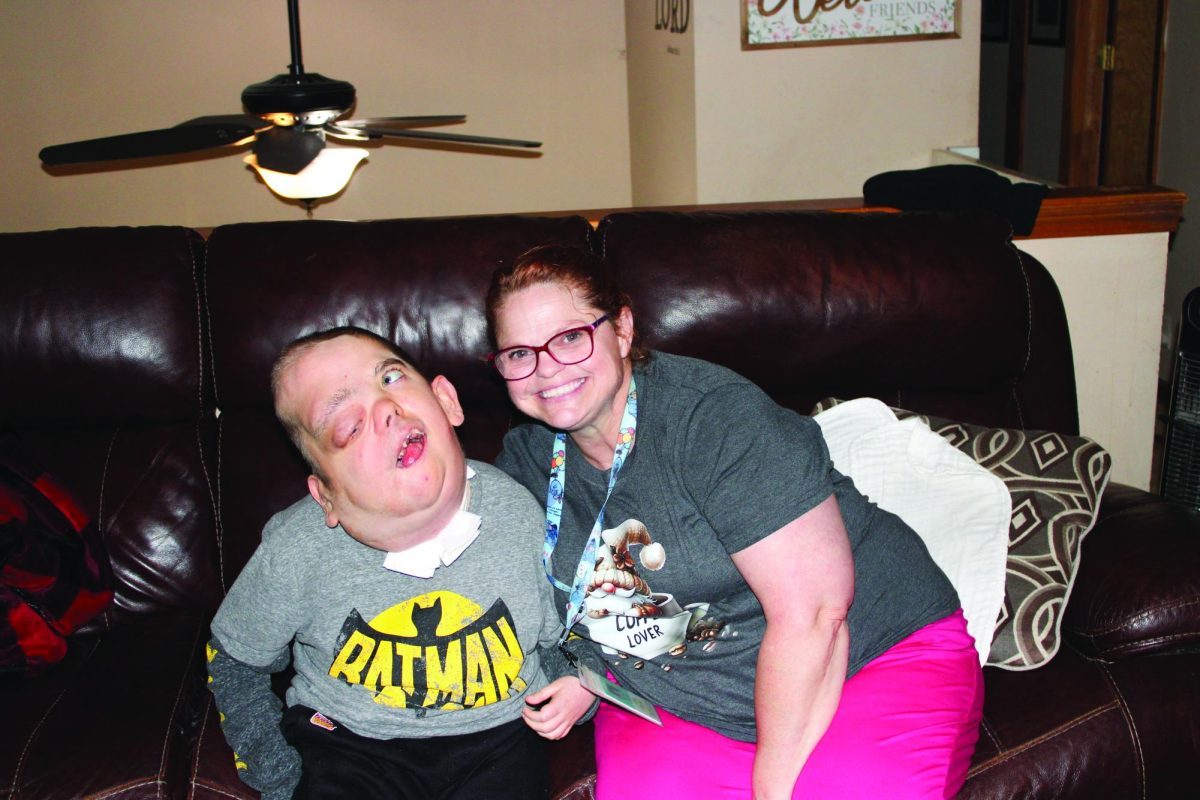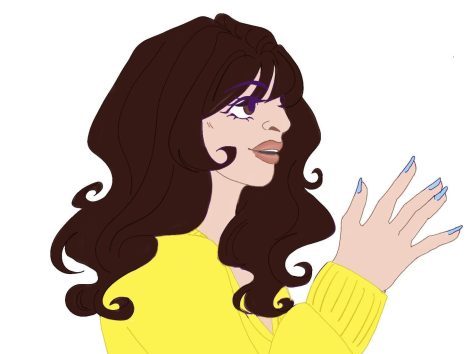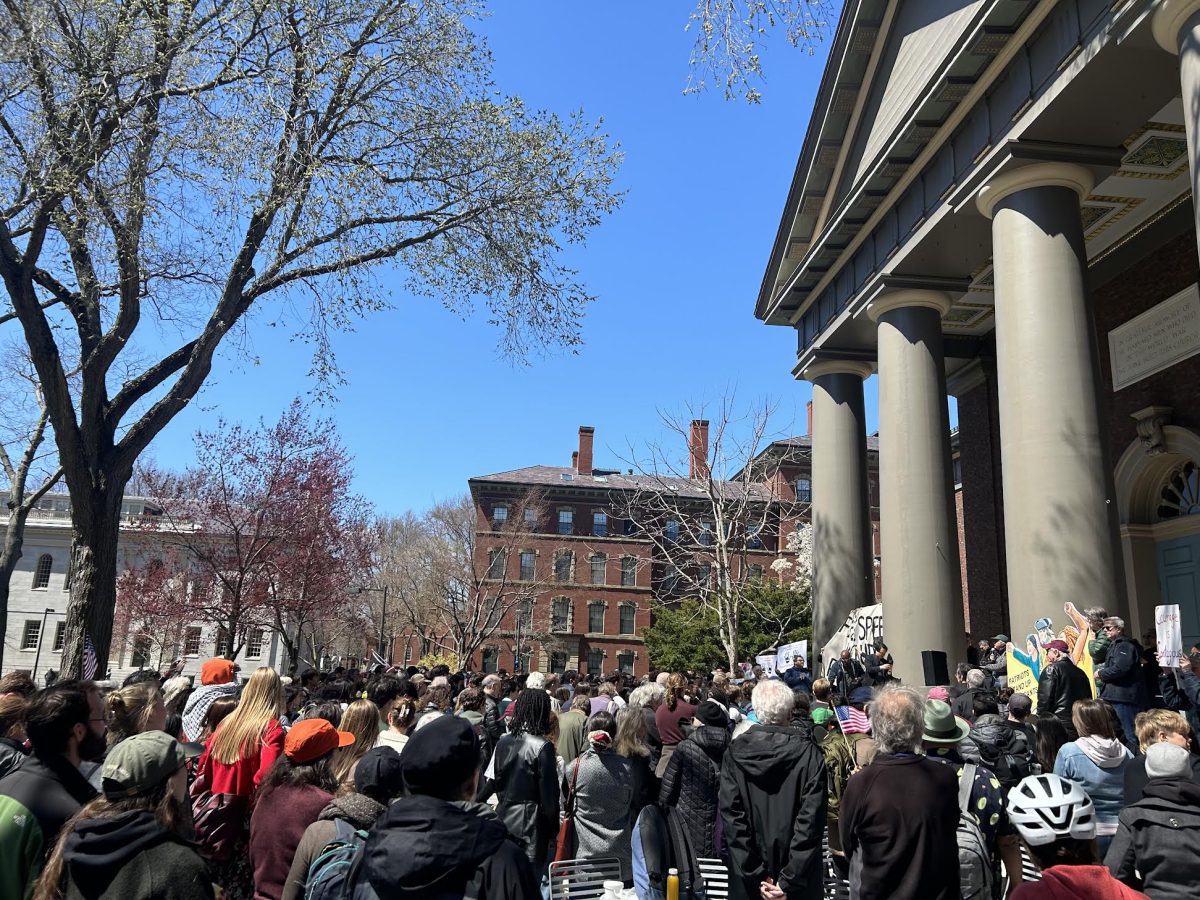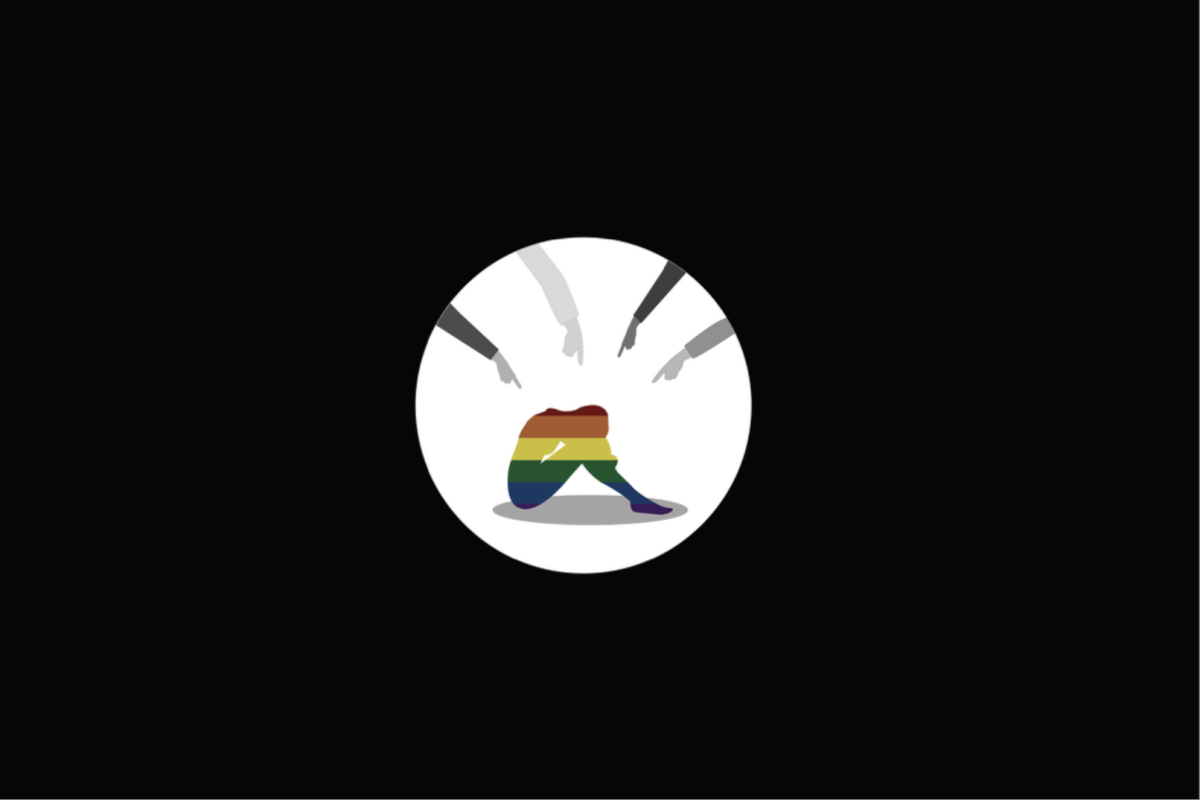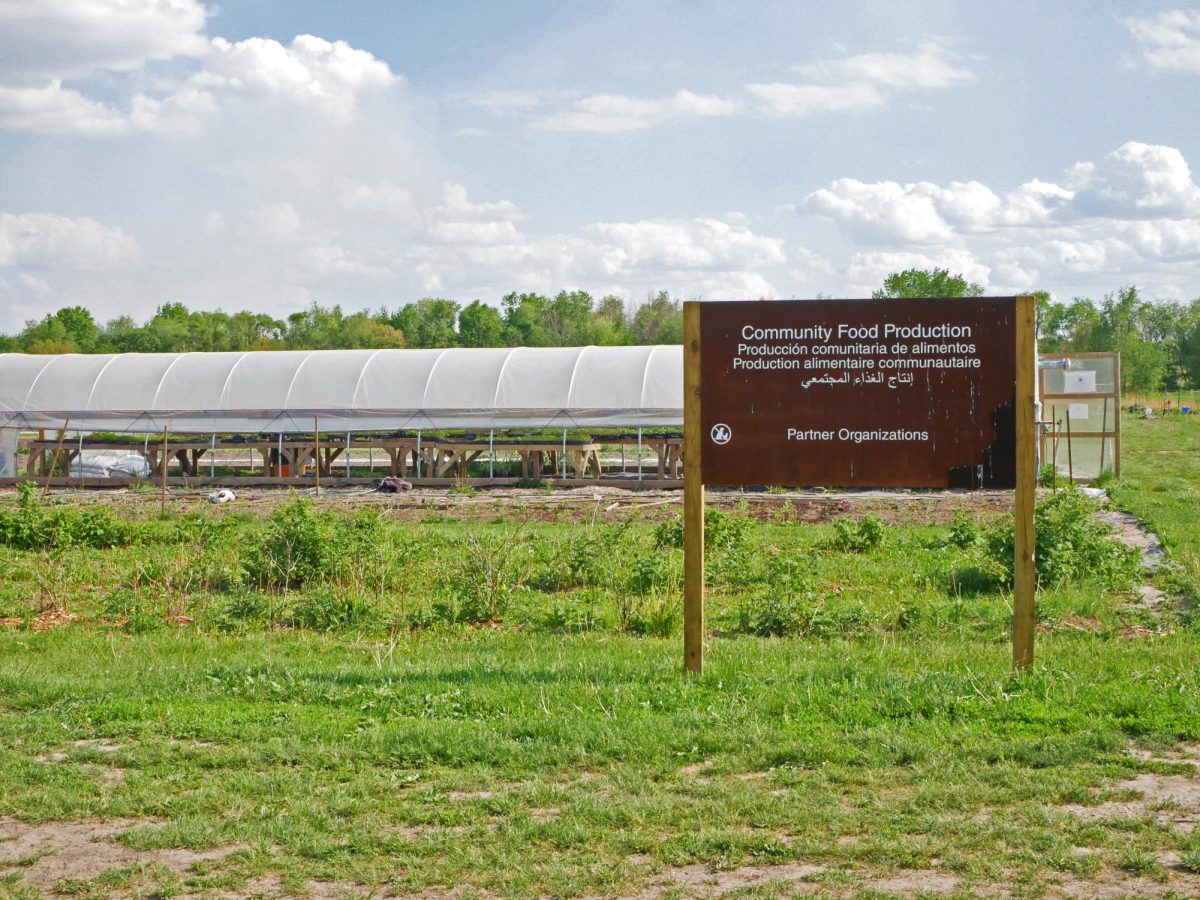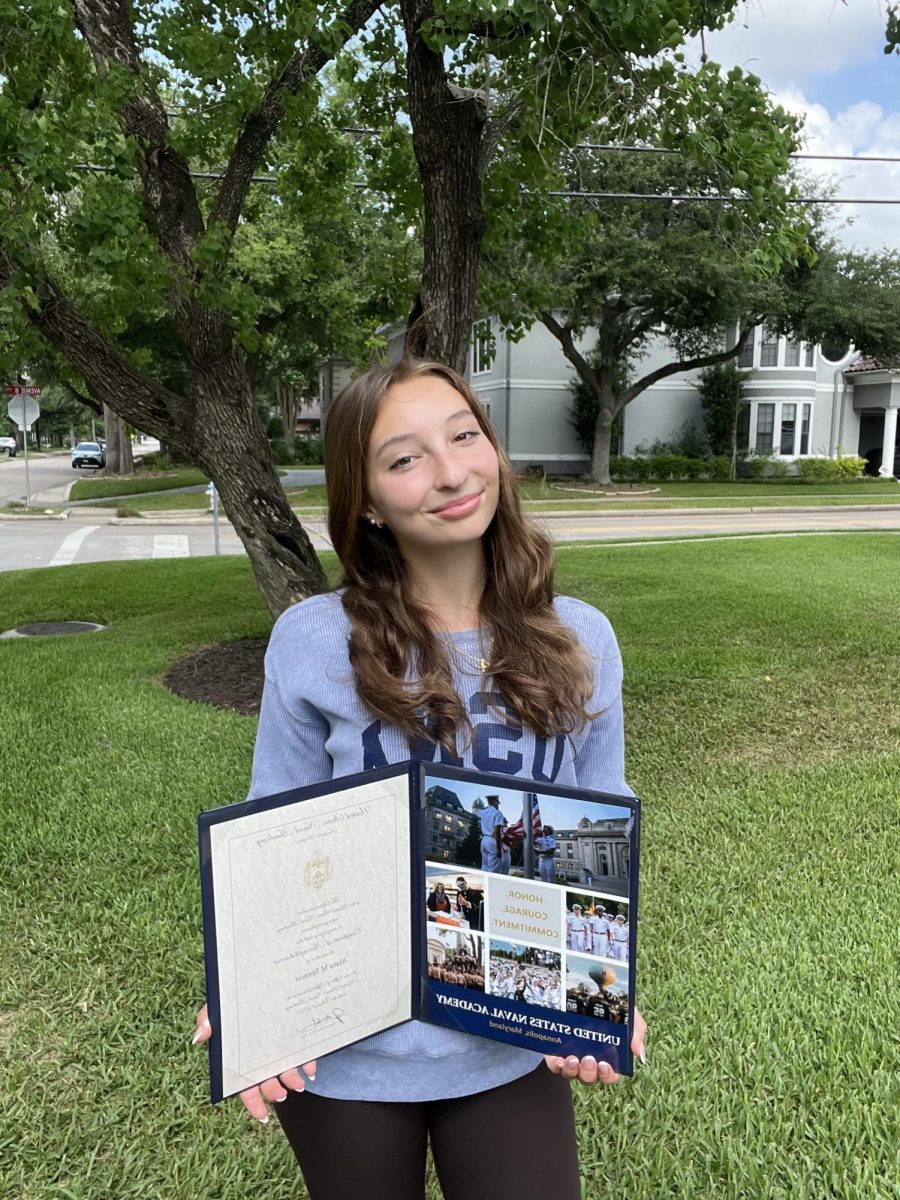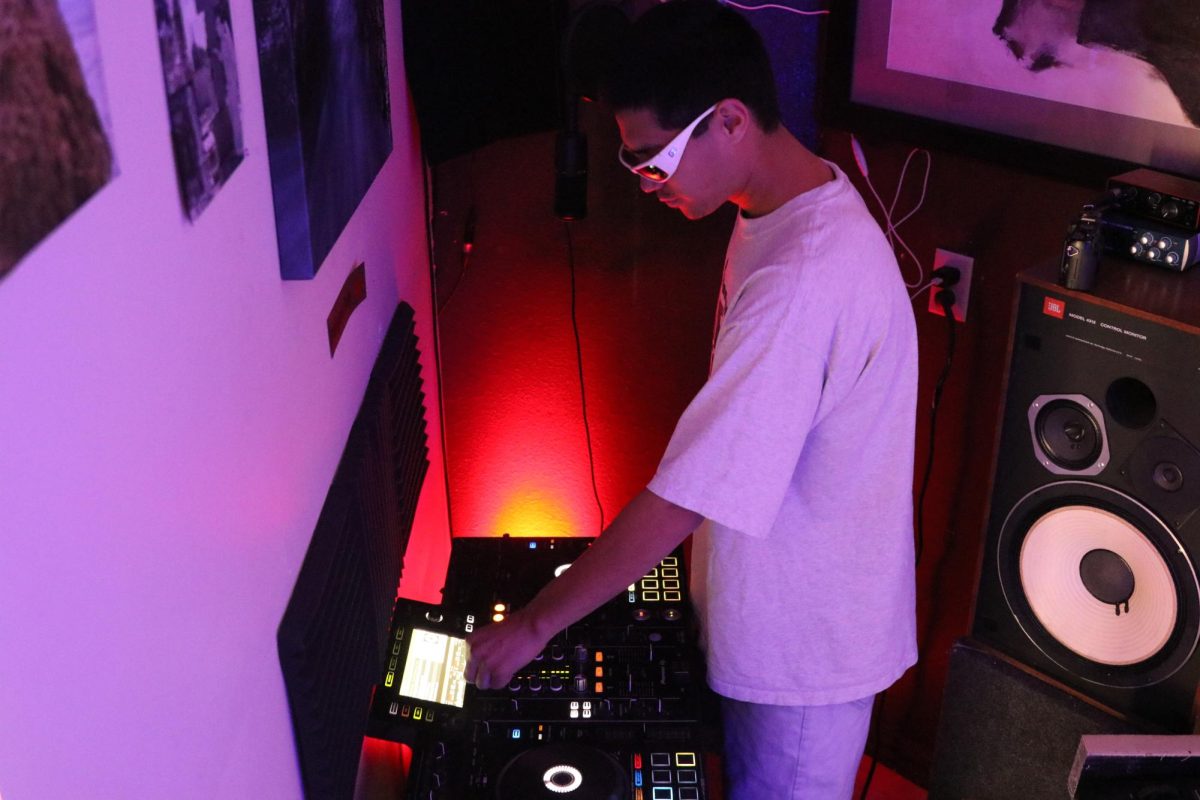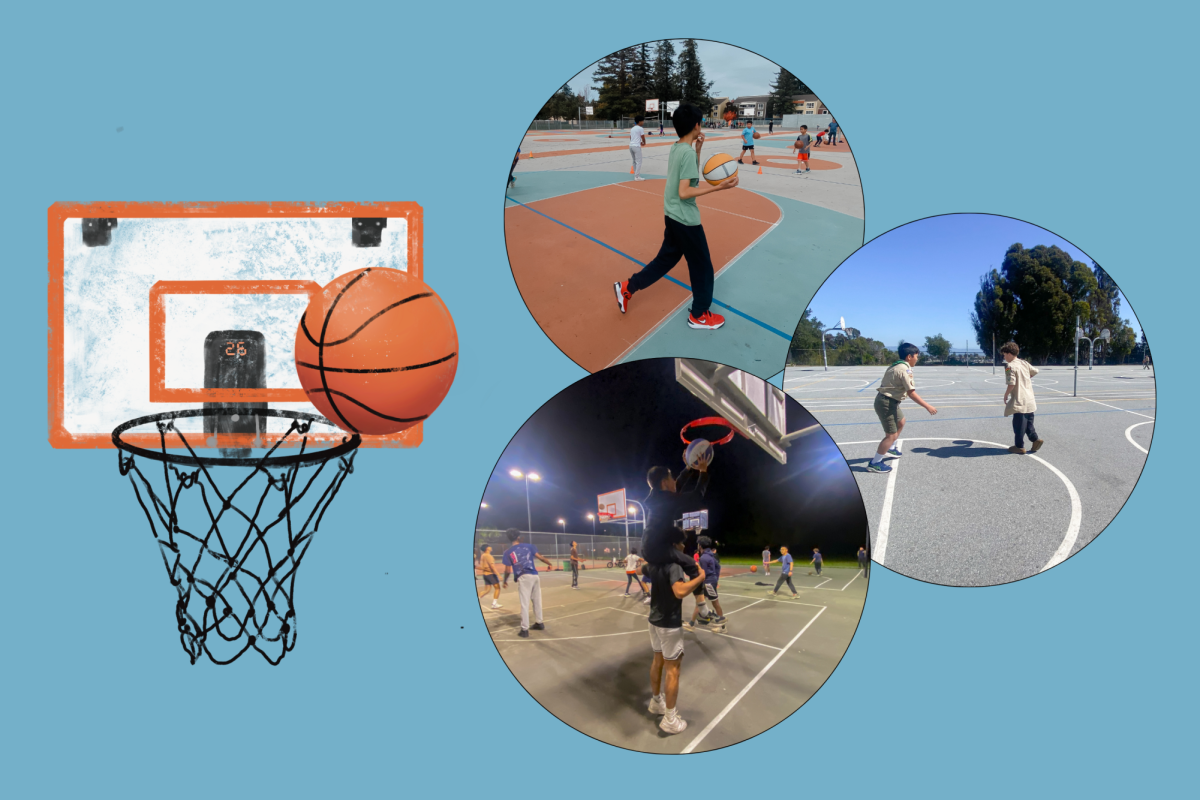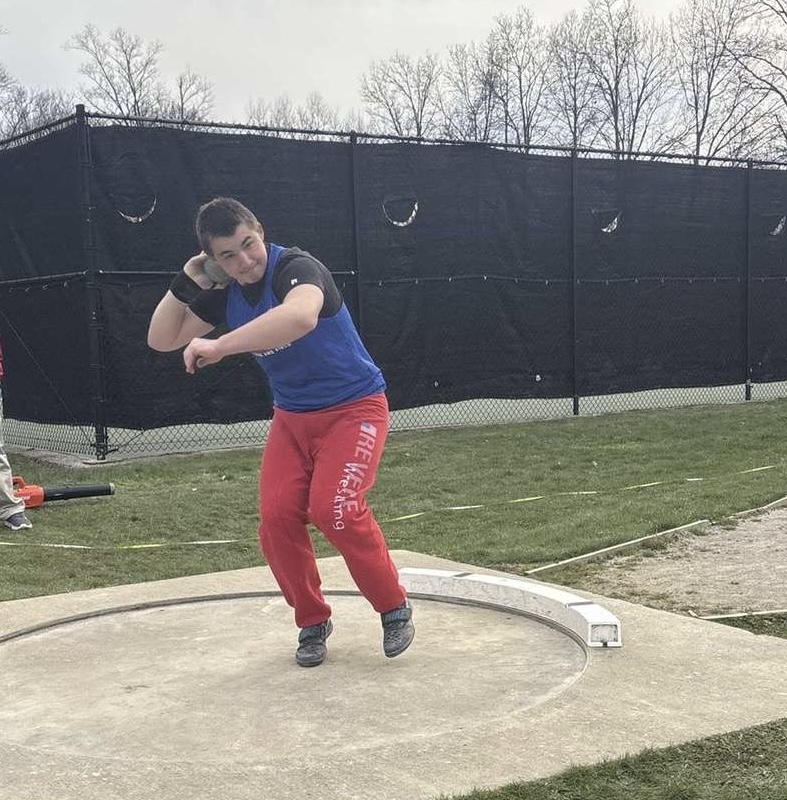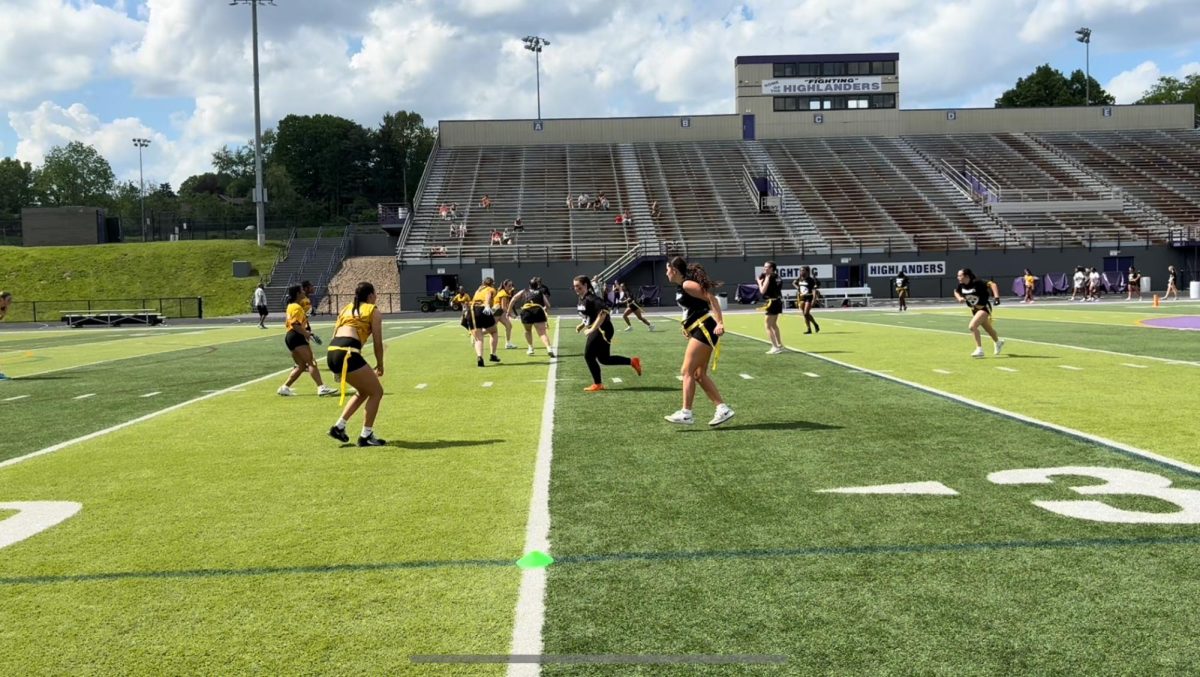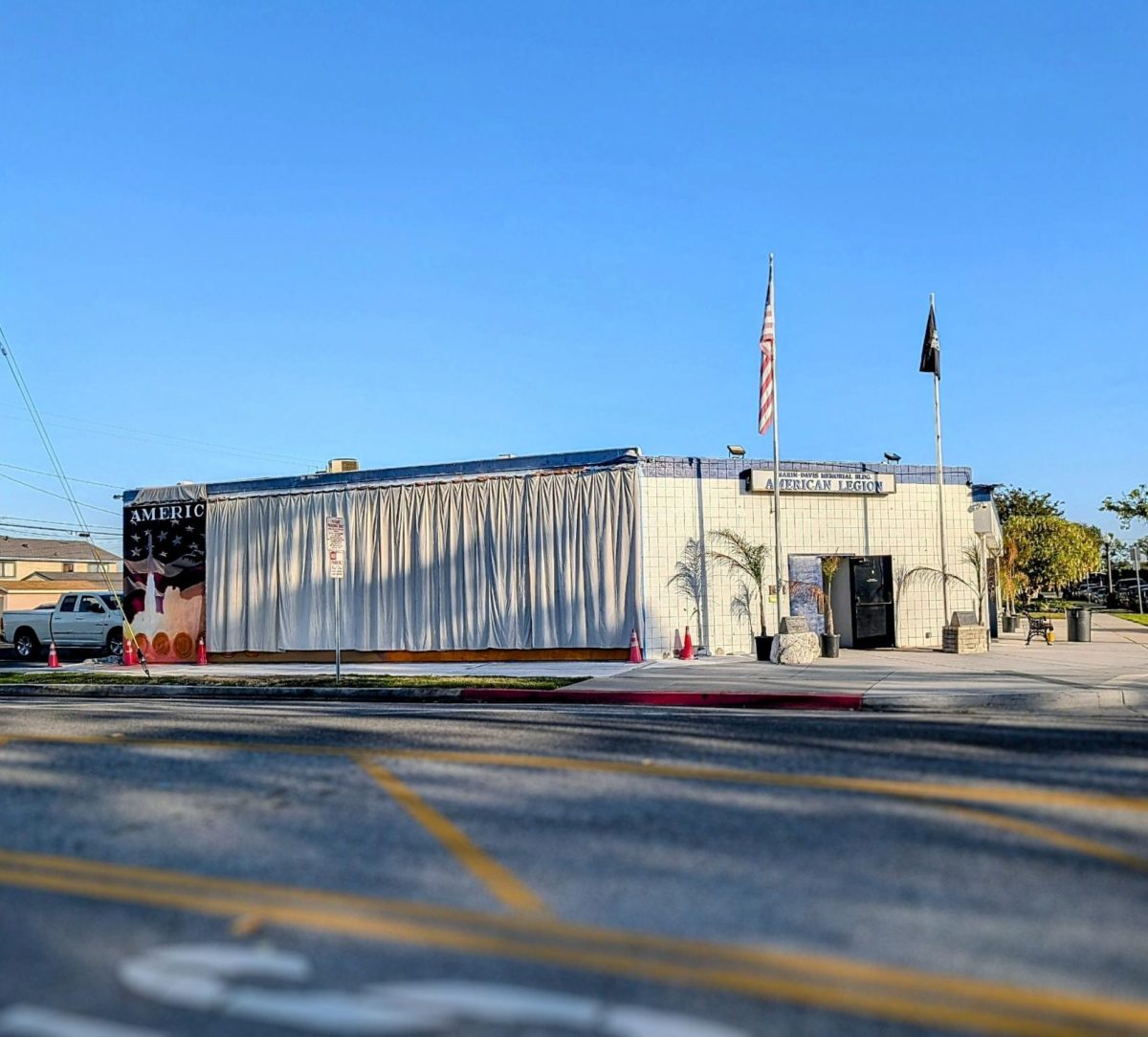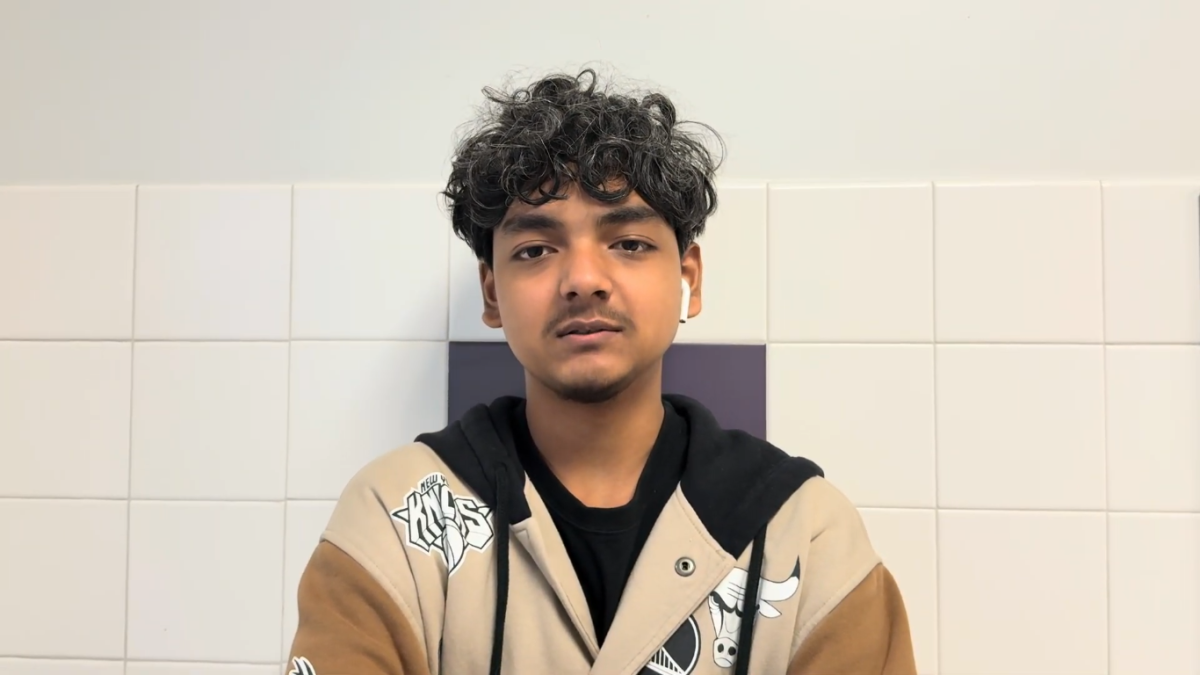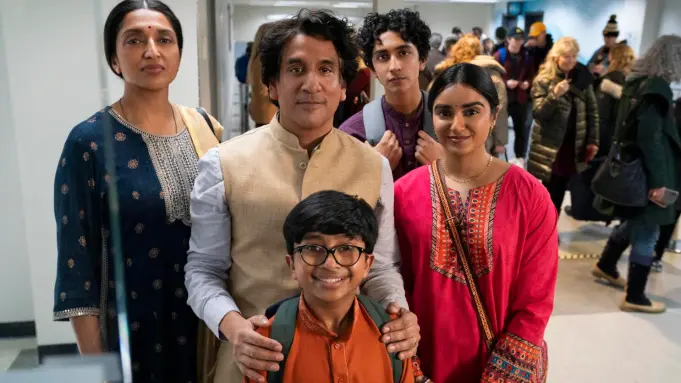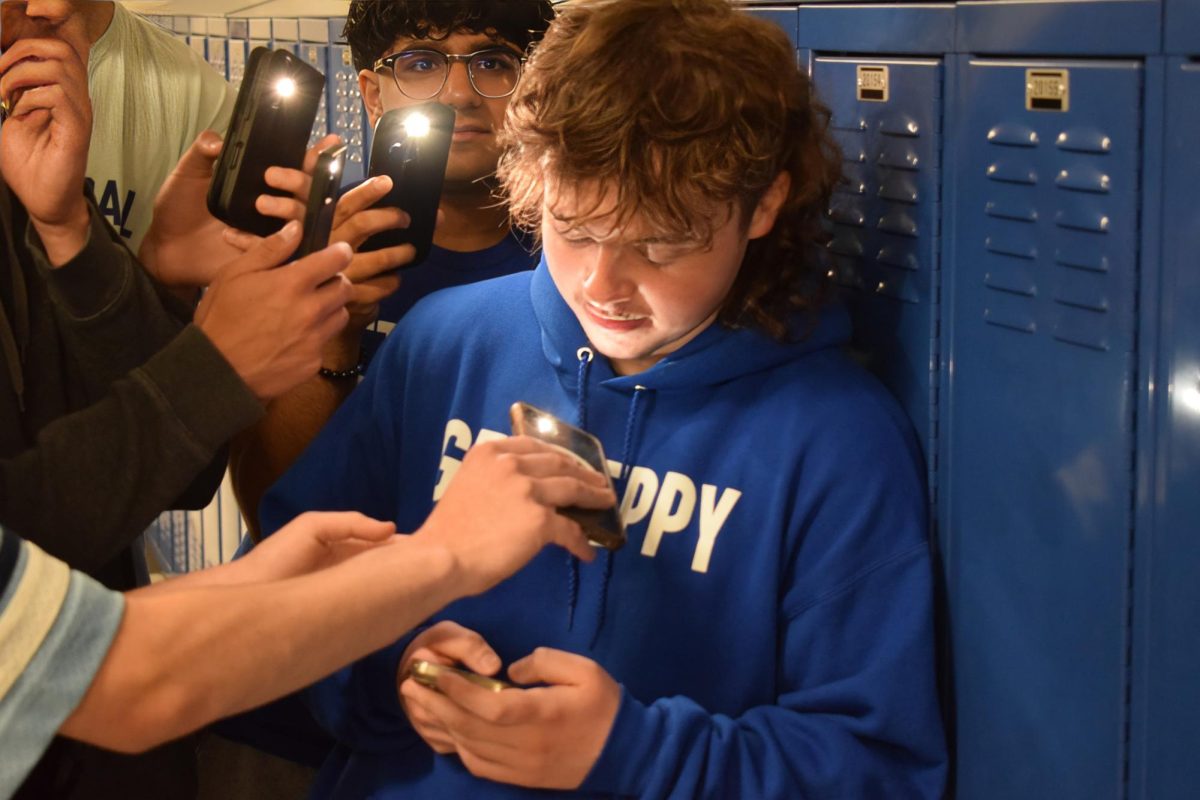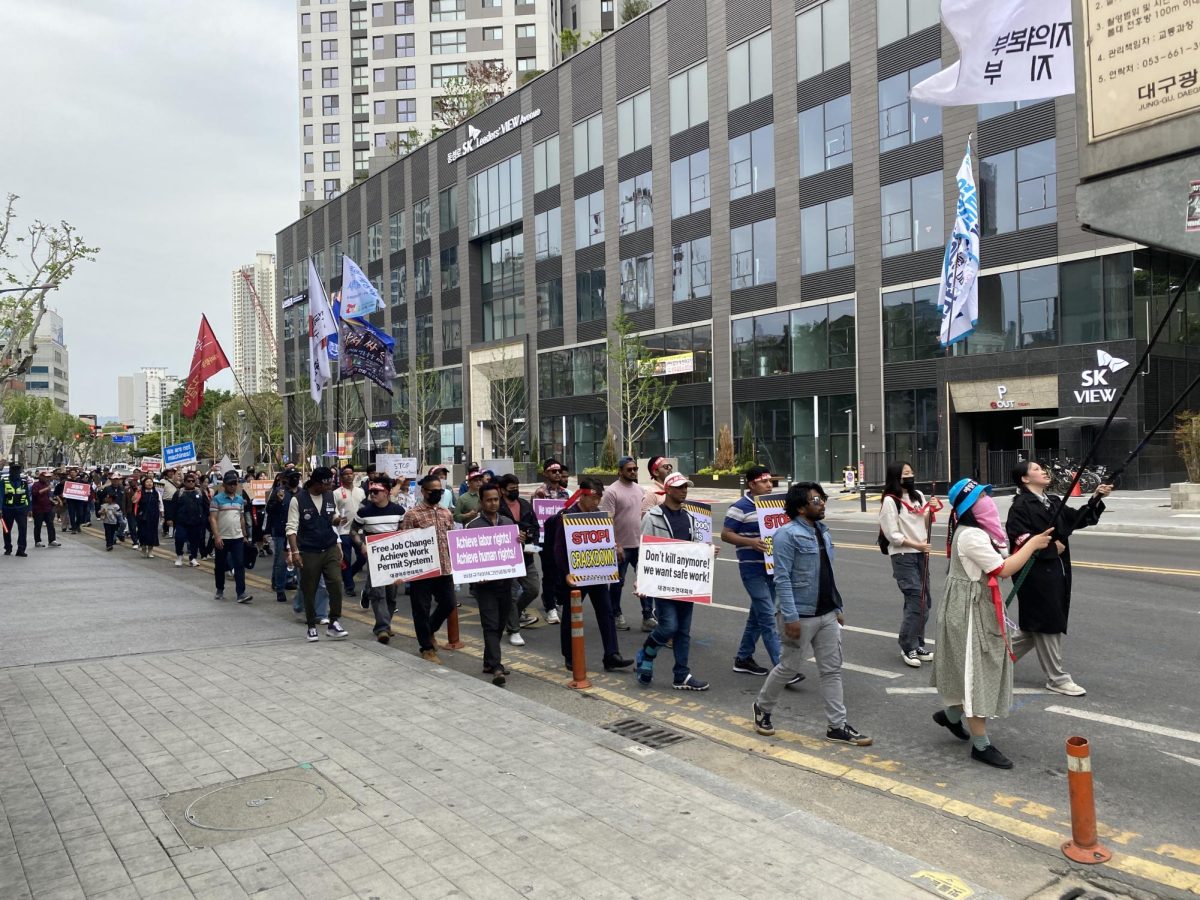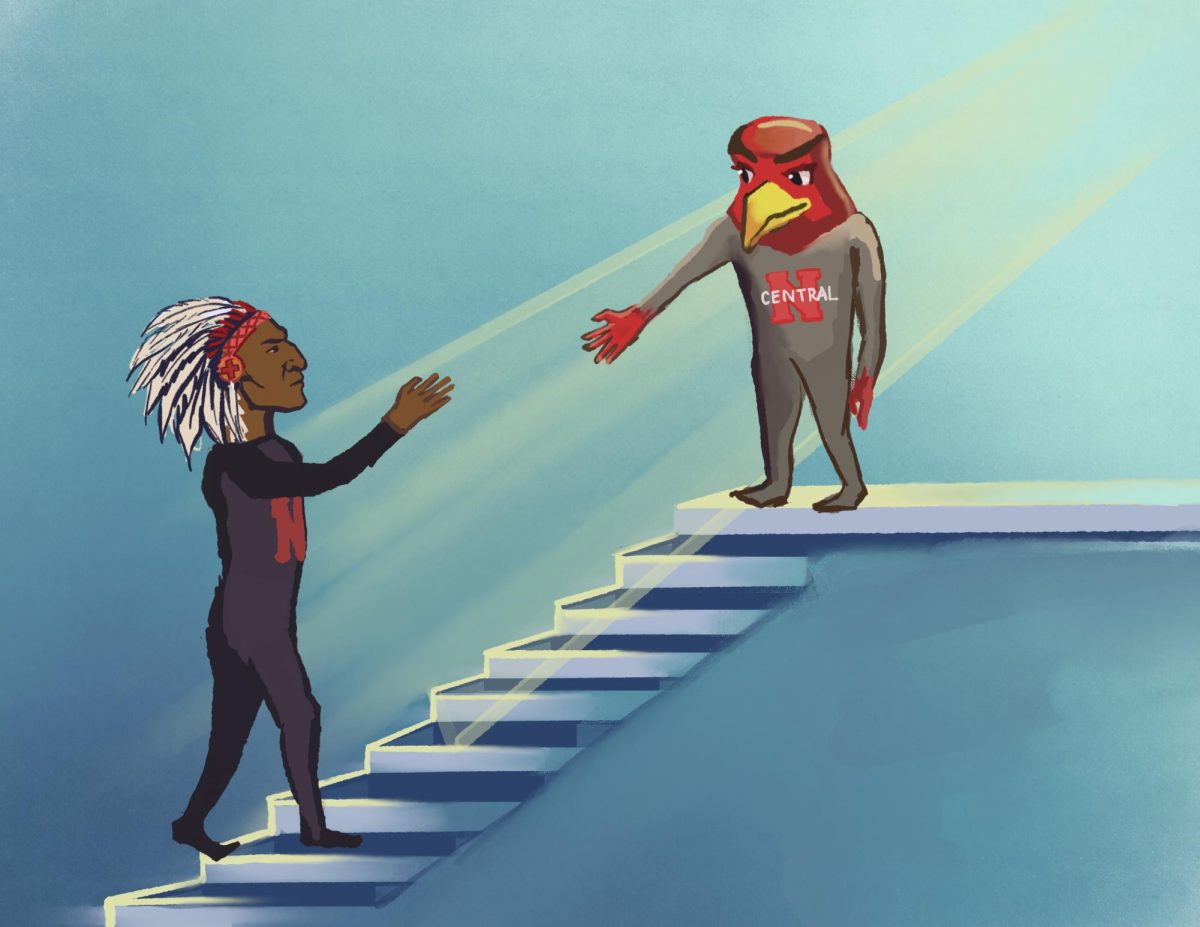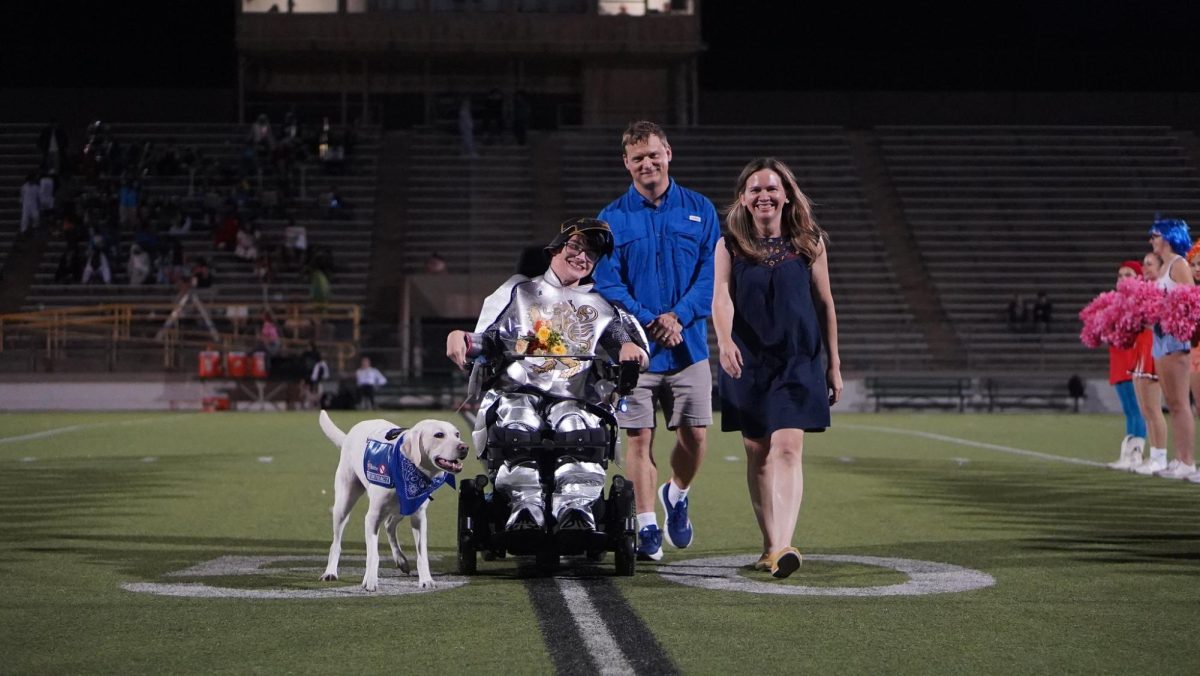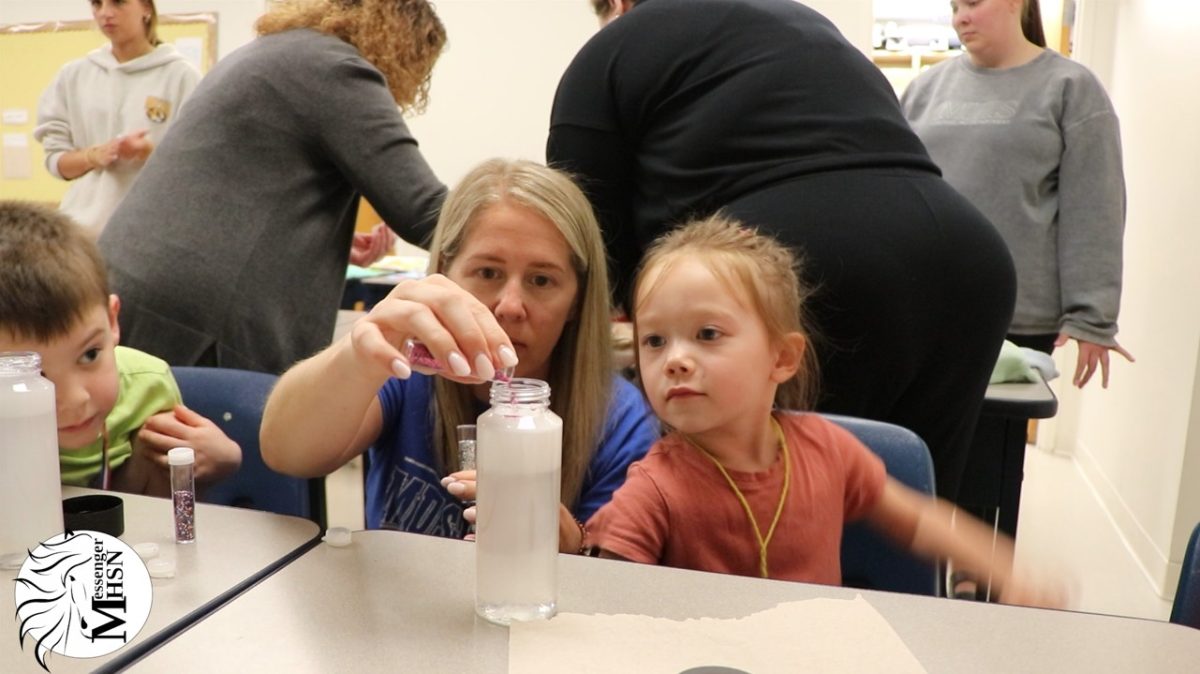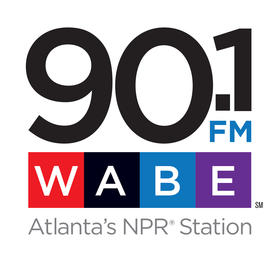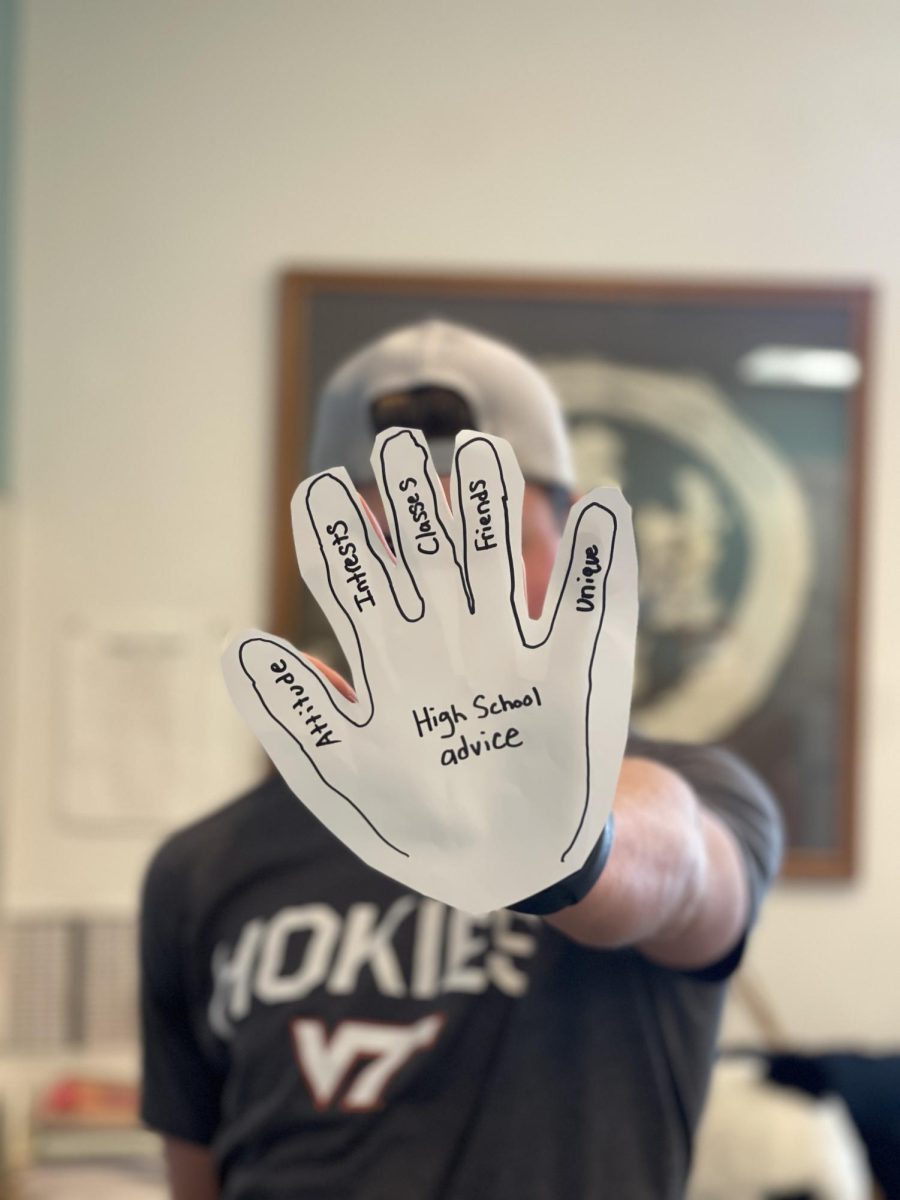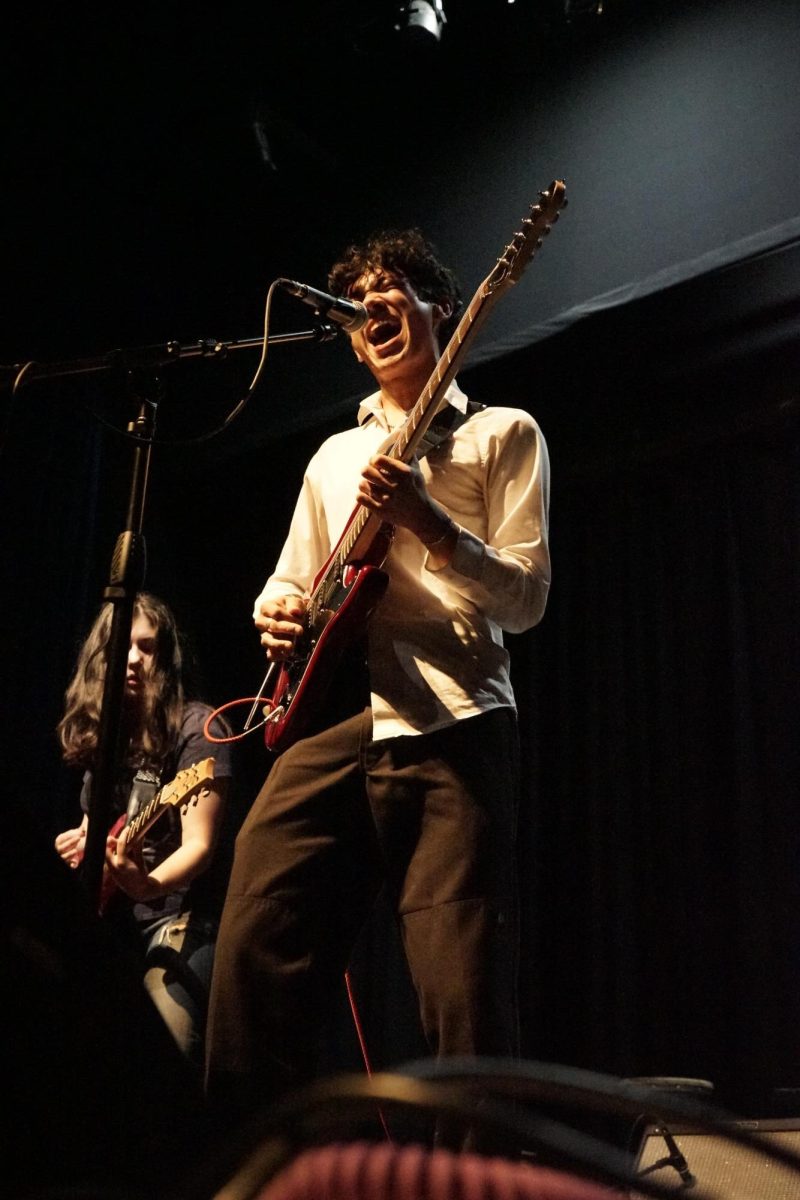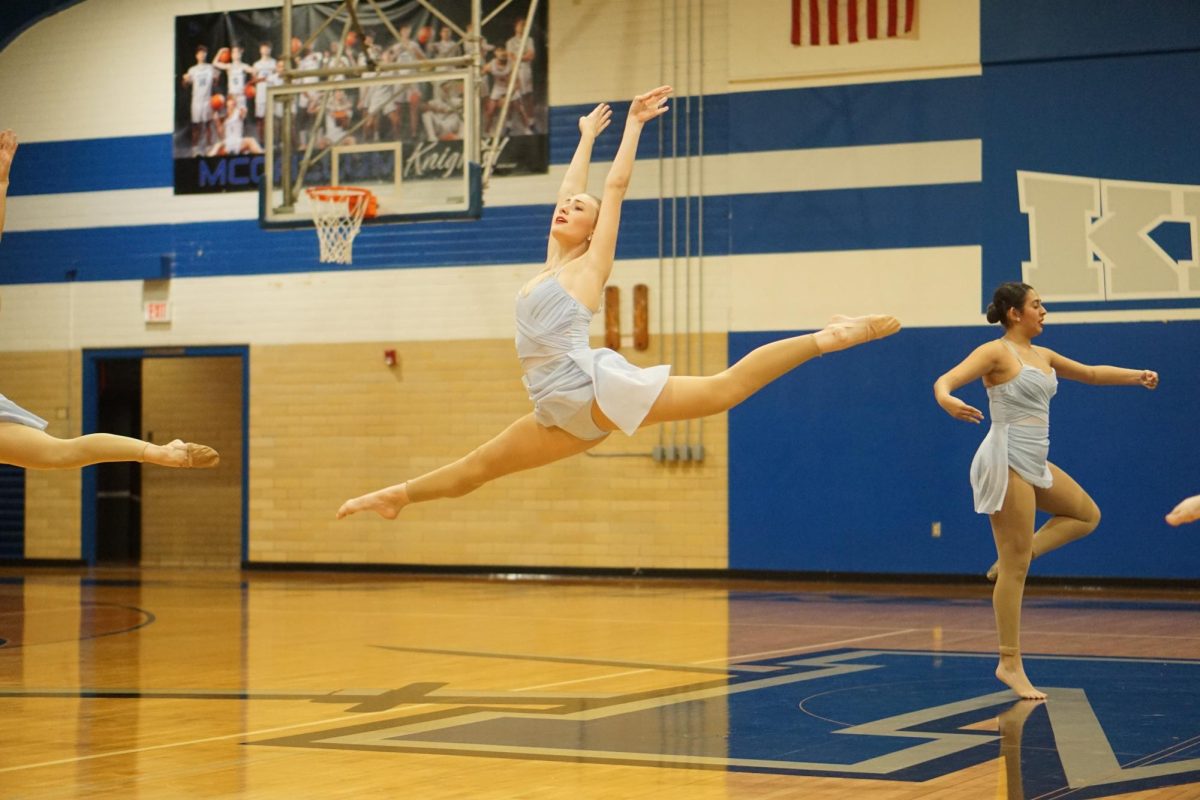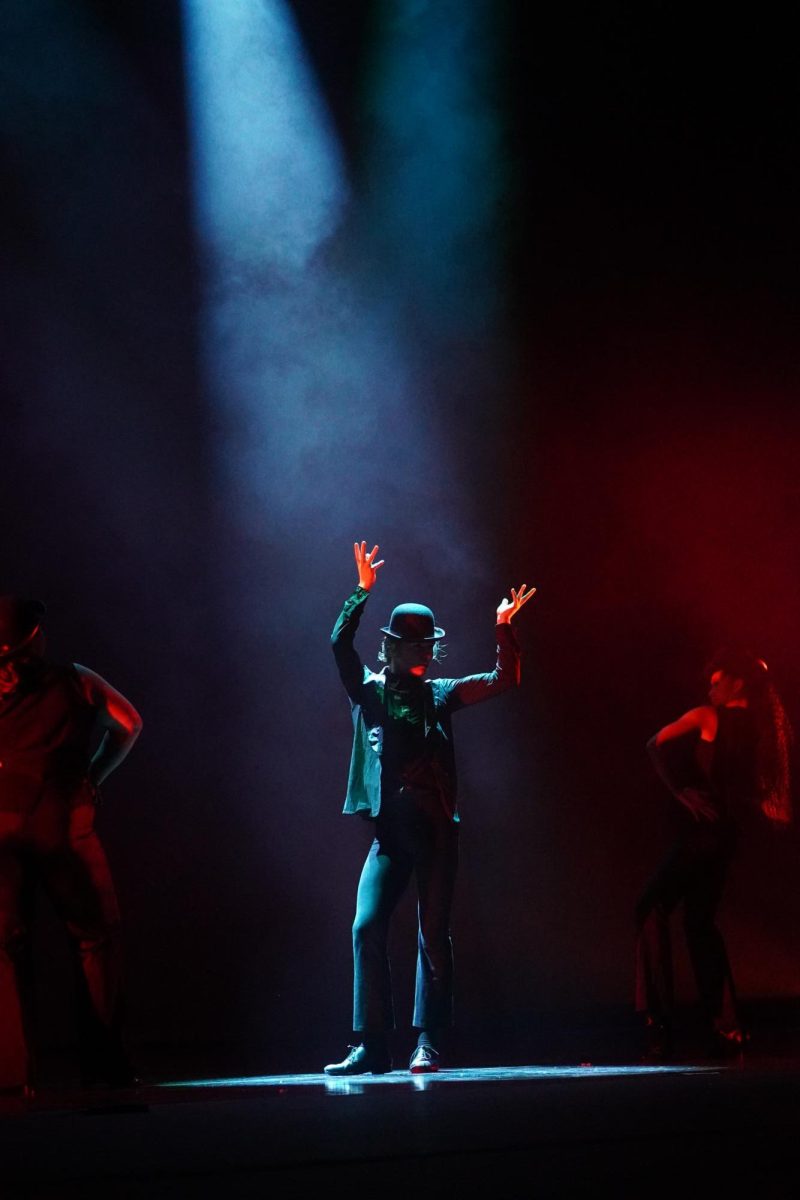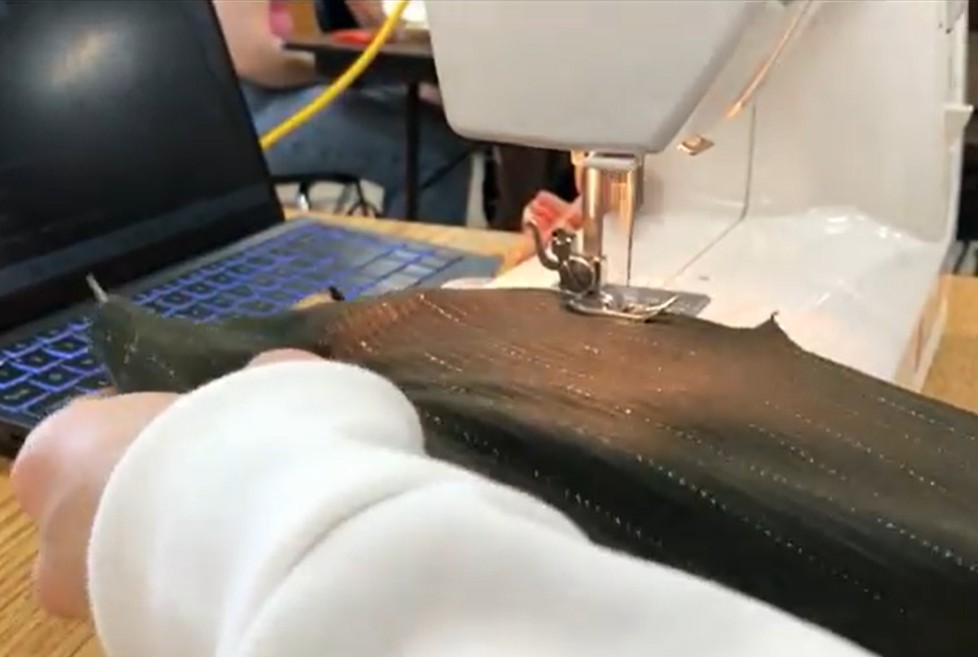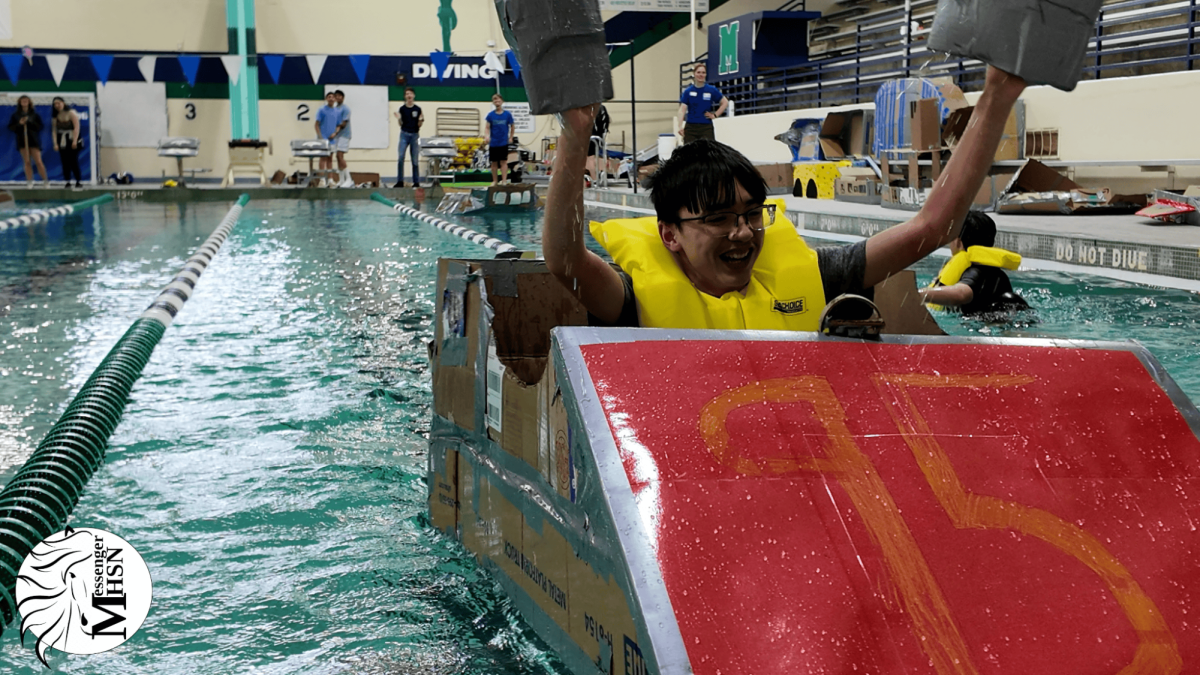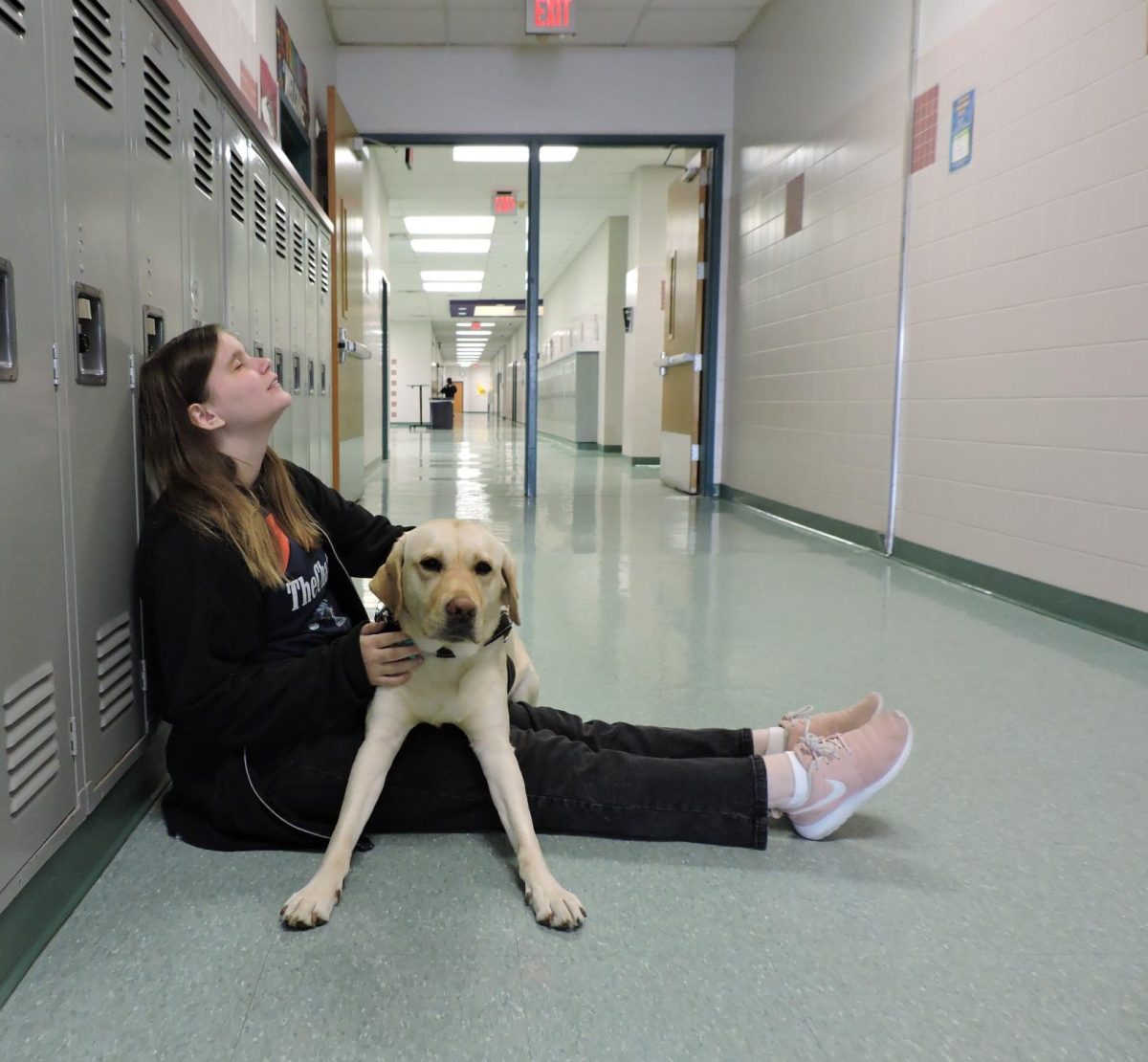I, like most people, am more comfortable when things are black-and-white—possibly because those are the only two colors I can reliably identify—but more accurately because gray areas are uncomfortable. And while acknowledging gray areas is rough, being the gray area is a beast of its own.
I am a member of the ”in-between” club and have been my whole life. We’re not totally blind and we’re definitely not fully sighted. According to the American Council of the Blind and Visually Impaired, 85% of blind people still have some remaining vision, but even then, the world often doesn’t know what to do with us and we don’t quite know either. You’d think the residual vision would be a strength, but in reality, at least my reality, it’s one of my biggest weaknesses—partially because it’s the reason my worst fear came true in the last four years.
In sophomore year, when a kid told his friends they could speak extra loud around me because I couldn’t see them, I thought it highly unlikely he actually believed this and instead, thought he was funny. In junior year, when I walked to class in tears because a group of kids celebrated their false discovery that I could actually see, I imagined they were woefully ignorant and emotionally immature, but I thought they had to have known my disability was authentic.
In my fourth year of shrugging off offensive comments about the impossibility of my disability, I have deduced that these unsophisticated students say exactly what they mean. They truly cannot comprehend that I can be a confident and effective traveler, strong student with meaningful interpersonal relationships… and blind.
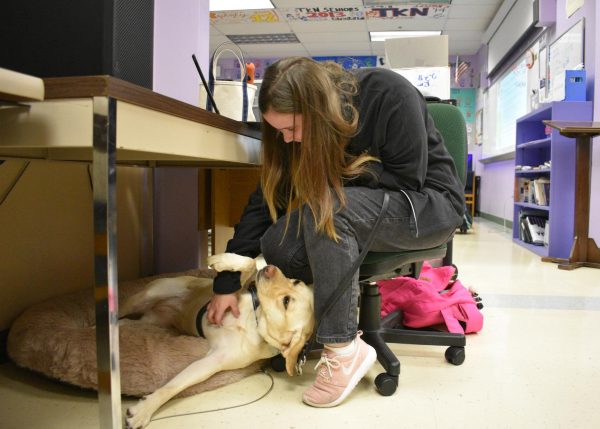
My existence as a well-rounded blind individual, especially one with residual vision, is so inconceivable to some small-minded individuals that the only reality they can imagine is one in which I’m just not blind—because we all know real blind people stay home and listen to Stevie Wonder all day. Under their pseudo-logic, I must have decided so early on to play this character that I convinced every adult in my life of it, learned to use a white cane, read braille and kept the act up through pre-school, elementary, middle and now high school. I used my medical records from the National Eye Institute that I had already tricked to get a guide dog. Then I mastered the art of subduing my reflexes well enough that I could allow my new dog to periodically walk me face-first into obstacles during our first months as a team.
I often wonder whether those who think I’m fake blind also think I trained my eye muscles to constantly shake like they’re in a brain quake. I wonder how hard they think I practiced staring into nothing before I mastered it. Realistically, though, I don’t think those that believe I’m a fake blind girl put much of any thought into this. I think they met someone who was different than they had seen before (no pun intended) and fabricated a story that made my existence easier for them to accept.
It’s widely understood in the disabled community that we are often the first person like us most of the world has met. We embrace this as an opportunity to make a good impression and model the success we can achieve. In these last four years, though, I learned that my light isn’t bright enough to shine through the strongest of preconceived notions. I’ll keep trying though.
This story was originally published on The Purple Tide | The Knightly News on November 14, 2024.

